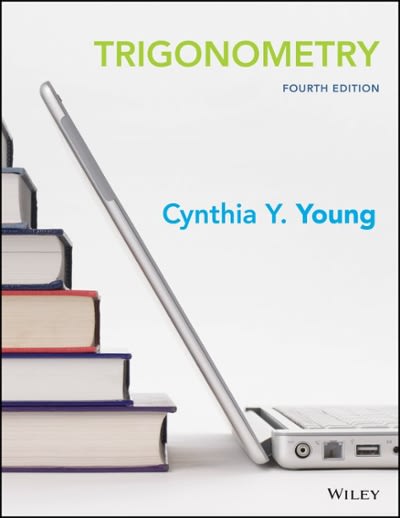Question
Suppose a student takes a multiple-choice test in which each question has four choices. Suppose he does not know the correct answers to any of
Suppose a student takes a multiple-choice test in which each question has four choices. Suppose he does not know the correct answers to any of the questions and follows the strategy of placing four balls (which are identified as A, B, C, and D) in a box. You select a ball at random for each question and return the ball to the box. The letter indicated by the ball will determine your answer to the question.
(a) If there are five multiple-choice questions, what is the probability that the student will have.
(1) five correct answers?
(2) at least four correct answers?
(3) no correct answers?
(4) no more than two correct answers?
(b) What assumptions are necessary in (a)?
(c) What is the average and standard deviation of the number that the student will get correct in (a)?
(d) Suppose the exam has 50 multiple-choice questions and that 30 or more correct answers are required to pass. What is the probability that the student will pass the exam following your strategy?
Translated with www.DeepL.com/Translator (free version)
Step by Step Solution
There are 3 Steps involved in it
Step: 1

Get Instant Access to Expert-Tailored Solutions
See step-by-step solutions with expert insights and AI powered tools for academic success
Step: 2

Step: 3

Ace Your Homework with AI
Get the answers you need in no time with our AI-driven, step-by-step assistance
Get Started


